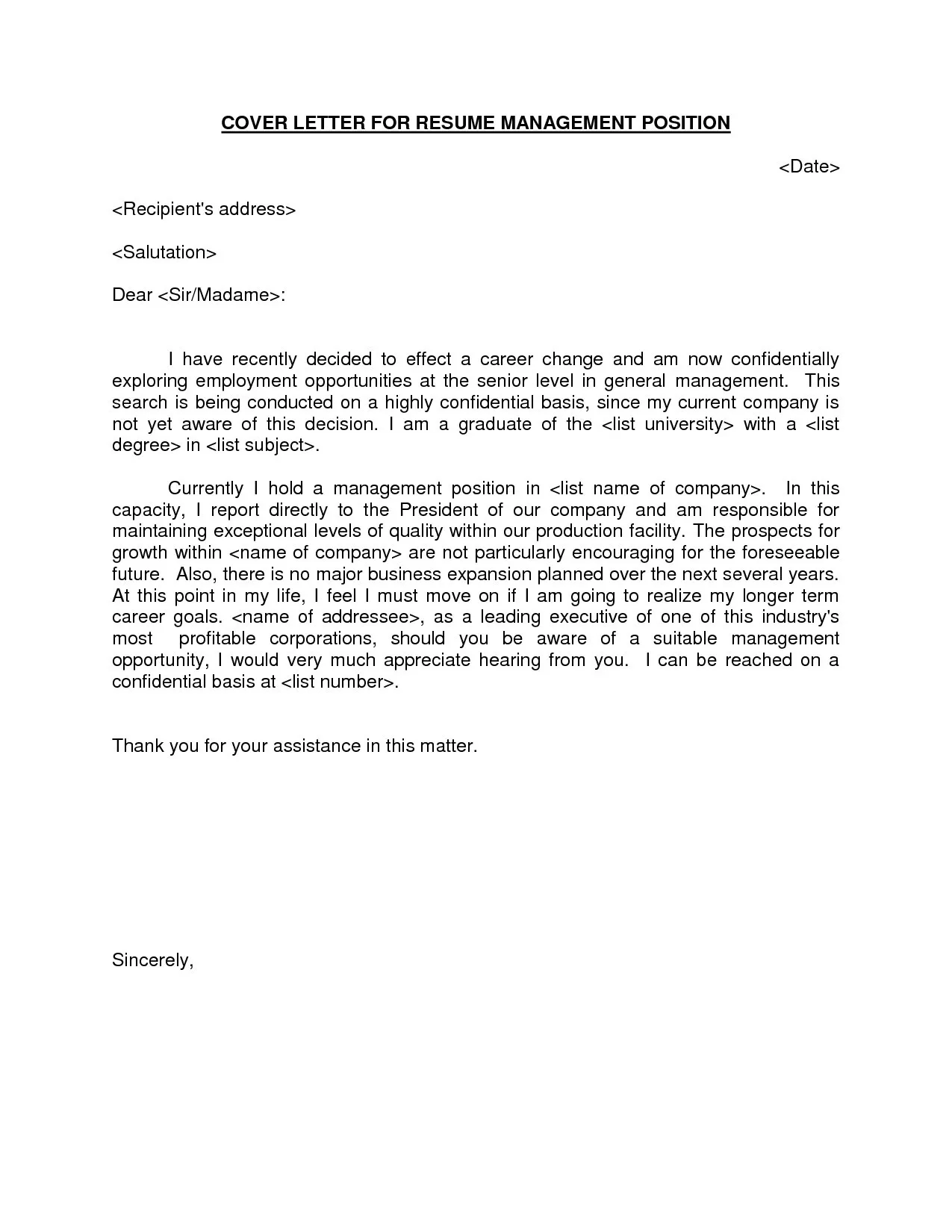Cover Letter Salutations Explained
The salutation in your cover letter is more than just a polite greeting; it sets the tone for the entire document. It’s the first impression you make, and a well-chosen salutation demonstrates professionalism, attention to detail, and respect for the recipient. Conversely, a poorly chosen salutation can immediately signal to a hiring manager that you haven’t done your research or that you lack the necessary communication skills. This guide will explore the best cover letter salutation examples, providing insights into when and how to use each one effectively to maximize your chances of landing an interview. Understanding the nuances of different salutations is crucial for tailoring your application to specific roles and company cultures. Choosing the appropriate salutation is a key step in crafting a compelling cover letter.
Why Your Salutation Matters
Your cover letter salutation communicates your level of professionalism and respect. It shows that you’ve taken the time to address the hiring manager or the relevant team correctly. The right salutation immediately grabs the reader’s attention and builds a positive first impression. Different salutations can convey different levels of formality, which should align with the company’s culture and the specific job application. Using the wrong salutation can be as detrimental as including grammatical errors or typos. By carefully selecting your salutation, you demonstrate your ability to communicate effectively and your understanding of workplace etiquette, both valuable skills in any professional setting.
Common Cover Letter Salutation Mistakes
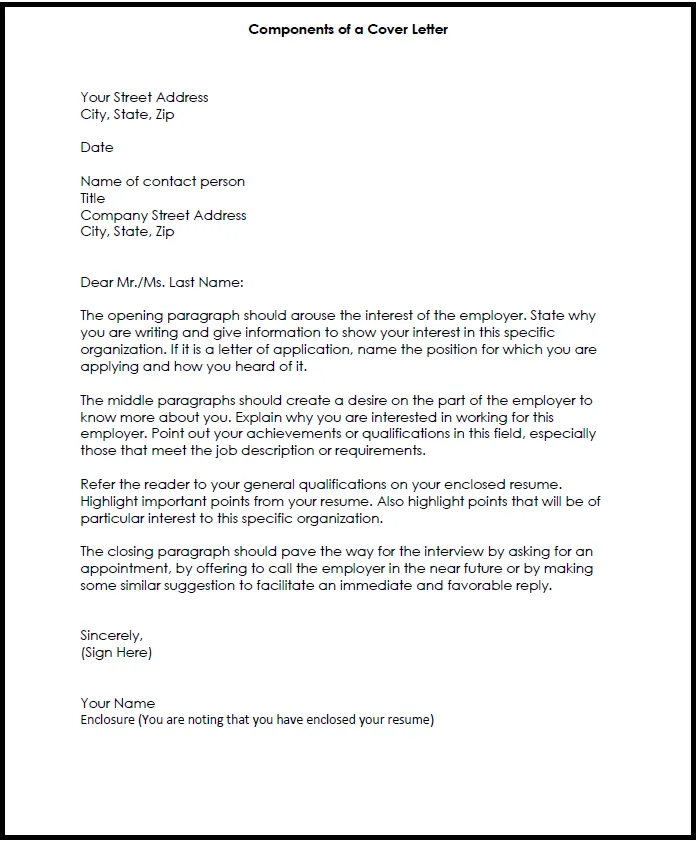
Several common mistakes can undermine the impact of your cover letter salutation. Using a generic greeting like ‘To Whom It May Concern’ is often seen as impersonal and suggests you haven’t researched the company. Addressing the wrong person, such as using the wrong name or title, shows a lack of attention to detail. Including errors in titles, such as misspelling a name or using an outdated title, is another avoidable mistake. Also, the tone of the salutation must align with the company culture. If a company is very formal, using an overly casual greeting may be inappropriate, and vice versa. Always double-check names, titles, and company information to ensure accuracy and professionalism. Avoid common mistakes to showcase your professionalism.
Formal Salutations
Formal salutations are best suited for conservative industries or companies with a traditional structure. These greetings convey respect and professionalism, making them ideal for applications where a formal tone is expected. They set a tone of respect from the outset. Always use the correct title (Mr., Ms., Dr., etc.) and last name. When in doubt, it’s better to err on the side of formality. In a professional context, using a formal salutation creates a positive impression, indicating that you understand and respect workplace etiquette. Formal salutations demonstrate that you have carefully considered the company culture and the expectations of the role.
“Dear Mr./Ms./Mx. Last Name”
This is a highly respectful and widely accepted formal salutation. It’s the gold standard when you know the hiring manager’s name and gender identity. This is a widely recognized and generally safe choice, particularly for applications to established companies or industries. It shows that you have taken the initiative to find the hiring manager’s name and have addressed them correctly. This level of attention can significantly increase your chances of a positive reception. Using the correct title and last name demonstrates your attention to detail, which is always a positive attribute in a job application. When you know the hiring manager’s name, this option is always best.
When to Use This Salutation

Use this salutation when you have the hiring manager’s name and know their gender identity. It’s particularly appropriate for roles in established industries, such as finance, law, or government, where formality is the norm. Before using this salutation, ensure you spell the name correctly and use the correct title. Researching the correct title and spelling reflects your diligence and respect for the recipient. It is advisable to use this option in any setting where the hiring process is traditional.
Tips for Success
Always double-check the spelling of the name and the correct title. If you’re unsure of their gender identity, use ‘Mx.’ to be inclusive. Be mindful of the company culture, and if in doubt, this salutation is usually a safe choice. This salutation offers a high level of professionalism. Using this approach will set a positive tone that shows respect and attention to detail. To ensure you are not mistaken, always verify the hiring manager’s name and title through the company website, LinkedIn, or other official channels.
“Dear Hiring Manager” or “Dear [Department] Team”
When you can’t find the hiring manager’s name, this is a professional alternative. It shows that you are addressing the right department or individual responsible for hiring. Using ‘Dear Hiring Manager’ is still a strong indication of your professionalism. Alternatively, ‘Dear [Department] Team’ is an excellent choice when applying to a specific team. It is essential to research the company website or job description to determine the best approach. This shows that you understand the structure and expectations of the company.
When to Use This Salutation
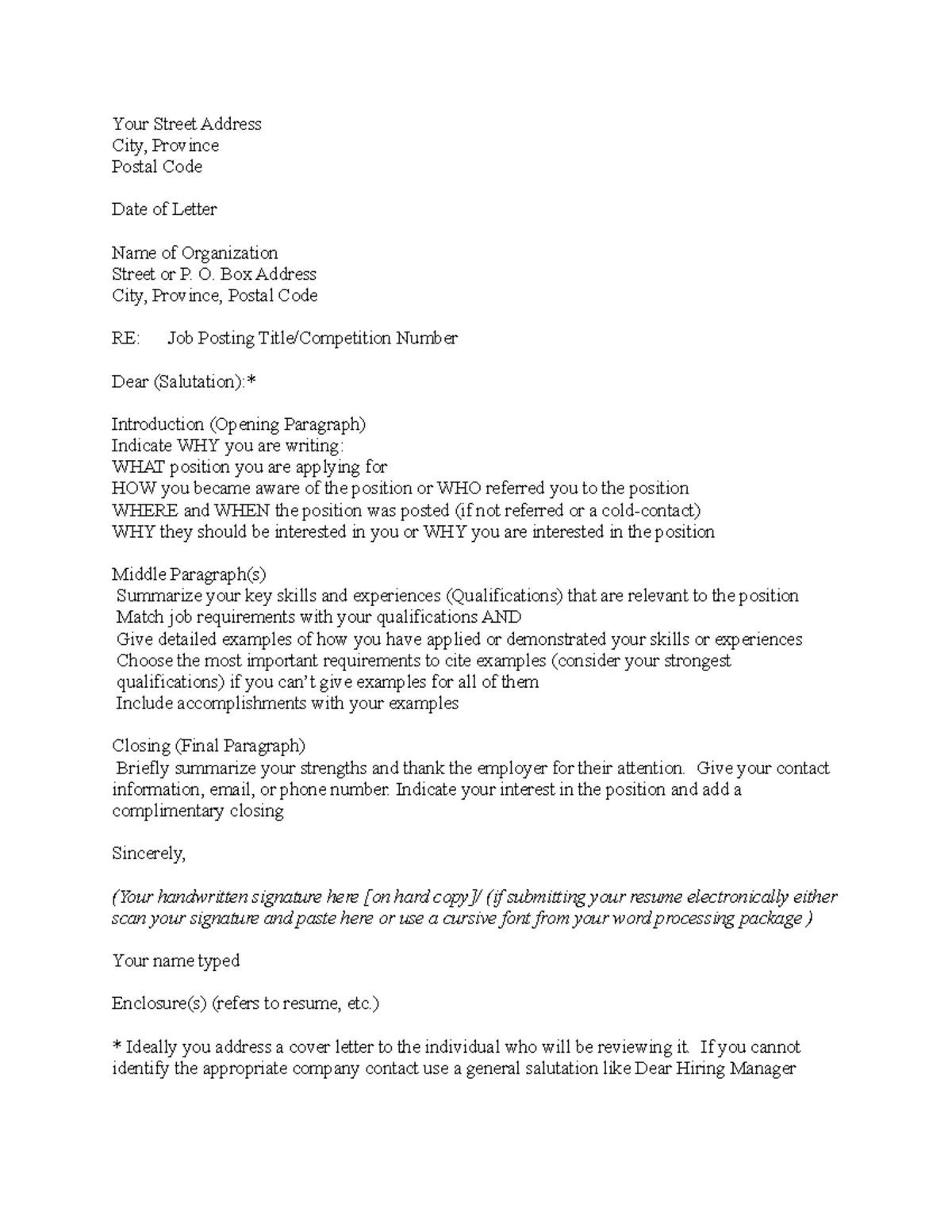
Use this salutation when you cannot find the hiring manager’s name. It’s a good choice for larger companies where identifying a specific individual can be difficult. You can also use it when the job posting only lists a department. If you know the department that will receive your application, this shows that you pay attention to detail. In such instances, ensuring your application is directed to the correct department shows initiative and organizational skills.
Tips for Success
While this salutation is acceptable, try to find a specific name if possible. Always tailor your cover letter to the specific department or team. When using “Dear Hiring Manager,” be sure your cover letter highlights how your qualifications and experience match the job requirements, as you are not directly addressing a specific person. If it’s a team, try to address the team’s goals in the cover letter. If a specific contact is not available, ensure that the rest of your cover letter is exceptionally well-written to compensate for the lack of personalization in the salutation.
Informal Salutations
Informal salutations can be appropriate for certain company cultures, such as startups or creative agencies. This can create a more personal connection. These greetings convey a more friendly and approachable tone. It’s essential to consider the company’s culture and your relationship with the recipient. When used appropriately, an informal salutation can help to create a more relaxed and engaging tone. This demonstrates that you understand and respect their workplace culture, making your application more memorable. However, ensure that you are confident in the appropriateness of an informal approach. Remember to be professional.
“Hello [Name]” or “Hi [Name]”
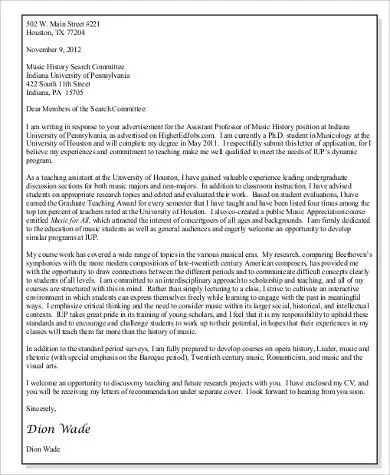
These are great options if you know the hiring manager’s name and have a sense of the company’s culture. This can be an excellent choice when you’ve had prior contact with the hiring manager, for instance, through networking or a phone interview. Such a personal touch can make your application stand out, particularly in creative environments. The key is to gauge the tone and expectations of the company. If you are unsure, using a more formal approach is recommended. Ensure that you spell the name correctly and that you have a good understanding of the work environment.
When to Use This Salutation
Use these salutations if you have a personal connection with the hiring manager, have interacted with them previously, or if the company culture leans towards informality. If the job posting or company website suggests a casual environment, it might be acceptable to use “Hello” or “Hi”. This could be beneficial if the company emphasizes a friendly and approachable atmosphere. If you’re uncertain, it’s better to lean toward a more formal approach to avoid misinterpretation.
Tips for Success
Confirm the company’s culture before using an informal greeting. Use “Hello” or “Hi” only if you know the hiring manager’s name. Always ensure the name is spelled correctly. If you are using an informal greeting, ensure the body of the cover letter also reflects the company culture. If you’re unsure of the company’s culture, a more formal approach is generally better. Be respectful of the environment and the hiring manager’s preference.
When to Avoid Informal Salutations

Avoid informal salutations if you are unfamiliar with the company culture or if the job is in a formal industry, like finance or law. It’s crucial to gauge the tone of the organization before opting for an informal approach. Using an informal salutation in a formal setting can be perceived as disrespectful or unprofessional. If in doubt, the more professional approach is better. Therefore, when unsure, it’s safer to stick to formal or semi-formal salutations. This helps convey respect and professionalism, ensuring a positive first impression.
Alternative Salutations
There are alternatives, such as “Greetings” or “To Whom It May Concern,” which might be used in certain situations. These can be helpful. However, they should be used with caution. These choices offer a level of formality but may not always be as effective as a more personalized greeting. It’s essential to understand their context. Ensure your choice suits the company culture and the specifics of your application. The appropriateness of these options heavily relies on the setting.
“Greetings”
This is a more neutral option, appropriate when you don’t know the hiring manager’s name and want to maintain a professional tone. It’s a solid choice if you want to appear respectful while keeping the communication formal. It is generally suitable for most corporate contexts. “Greetings” avoids being impersonal while maintaining a professional tone. It is better than an impersonal greeting such as “To Whom It May Concern”. It’s a good alternative if you cannot find a specific name but want a more professional touch.
When to Use This Salutation
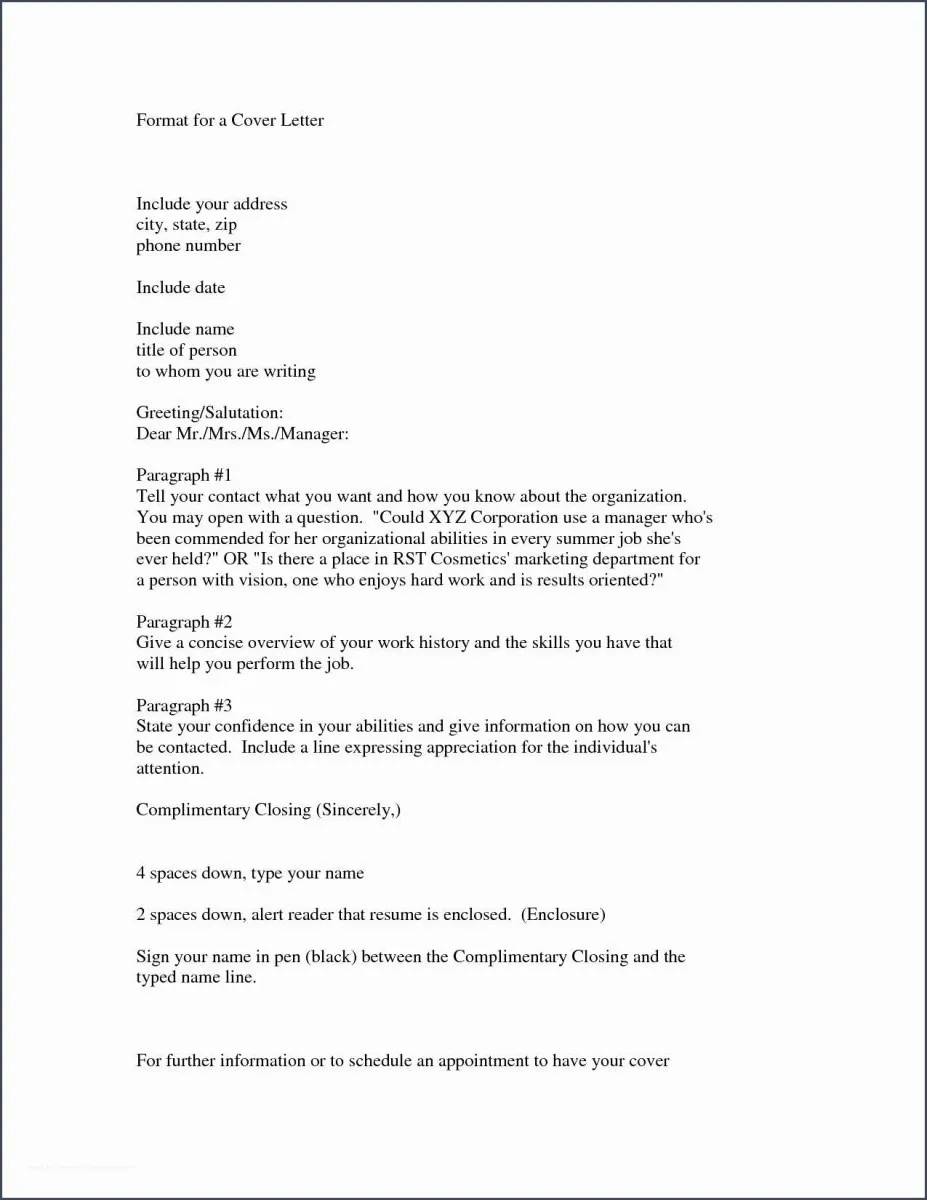
Use “Greetings” when you cannot identify the hiring manager’s name but still want to show respect. This is often a suitable choice for larger companies or if the job description is vague about the hiring process. “Greetings” works well when you want to maintain a professional stance and avoid an impersonal tone. However, if you have a way to find a name, that is still preferable. It strikes a balance between formality and approachability.
Tips for Success
Ensure the rest of your cover letter is tailored to the job and the company. While “Greetings” is professional, personalize your letter to show initiative and interest. Make sure the body of your cover letter is tailored to the specific job, highlighting how your skills and experience align with the requirements of the role. While “Greetings” maintains professionalism, using it makes it even more crucial to showcase your specific qualifications. This shows that you have done your research and are genuinely interested in the opportunity.
“To Whom It May Concern”
This is a generic, impersonal option best avoided. It shows a lack of effort. While it may sometimes be unavoidable, try to find a specific name or use an alternative salutation. “To Whom It May Concern” often indicates a lack of initiative and can make your application appear less compelling. It may give the impression that you’re submitting a generic application rather than one carefully prepared for that specific role. If possible, research to find a name or consider “Greetings”. It’s critical to demonstrate that you care enough to address the hiring manager.
When to Use This Salutation
Only use “To Whom It May Concern” as a last resort. If you absolutely cannot find a name or any other information, it’s better than omitting a salutation altogether. It’s preferable to use a different salutation, especially one that shows more interest. This salutation should only be chosen when every other option is unavailable and should be accompanied by an exceptionally well-written cover letter to make up for the lack of personalization.
Tips for Success
Use this only when no other option is available, and always ensure your cover letter is exceptionally well-written. Prioritize researching the hiring manager’s name or the department to tailor the salutation and make a better connection. In your cover letter, emphasize how your skills and experience make you the perfect fit for the role, as you have not addressed a specific person. To make up for the lack of personalization, your cover letter needs to be especially compelling, focusing on demonstrating your value to the company.
Choosing the Best Salutation for Your Cover Letter
The best salutation is the one that aligns with the company culture, the job requirements, and your existing connection with the hiring manager. Always research and tailor your approach. Consider the company’s industry, its size, and the tone of its communications. Understanding these factors is key to making a positive first impression. It is often better to err on the side of caution, opting for a formal greeting if you’re unsure. Your choice of salutation is a reflection of your understanding of the workplace. When selecting the salutation, assess the company’s public image and communication style.
To ensure you make the best decision, research the company’s website, LinkedIn profile, and any previous communications. Look for clues about their values and the way they interact. Tailoring the salutation to match the company’s approach increases your chances of being noticed in a positive way. The right salutation will set the tone for your cover letter and make a positive first impression on the hiring manager. By carefully considering these factors, you’ll create a strong impression that will improve your prospects. Choose your best option carefully.
